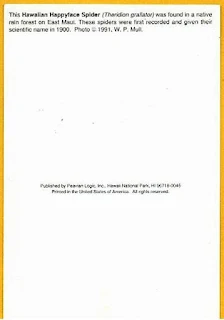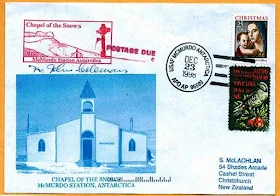"The European Pine Marten (Martes martes), known most commonly as the pine marten in Anglophone Europe, and less commonly also known as Pineten, baum marten, or sweet marten, is an animal native to Northern Europe belonging to the mustelid family, which also includes mink, otter, badger, wolverine and weasel.
It is about the size of a domestic cat. Its body is up to 53 cm in length (21 inches), and its bushy tail can be 25 cm (10 inches).
Males are slightly larger than females; on average a marten weighs around 1.5 kg (3.5 lb).
Their fur is usually light to dark brown and grows longer and silkier during the winter months.
They have a cream to yellow colored "bib" marking on their throats."






